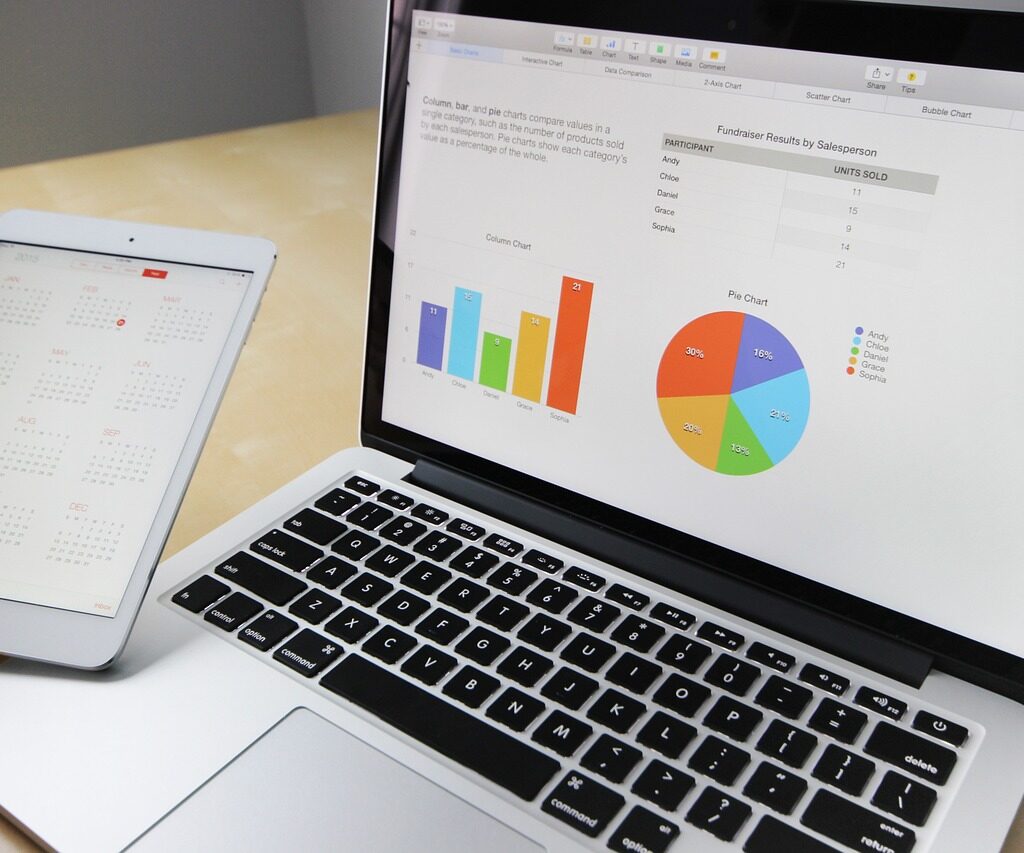The role of Chief Information Officers (CIOs) is undergoing a significant transformation. While data has always been important for organizations, the scale of data consumption today is unprecedented. By 2025, it is estimated that over 150 zettabytes (or 150 trillion gigabytes) of data will require analysis, as predicted by Forbes. According to the Business Application Research Center (BARC), organizations that harness big data and analytics experience numerous benefits. On average, they have a 69% higher chance of making better strategic decisions, a 54% chance of improving operational process control, a 52% better understanding of consumers, and a 47% chance of effectively reducing costs. Companies that leverage data analytics not only report an average revenue increase of 5%, but also achieve over 10% in cost reductions. As a result, the mindset within businesses is changing, and CIOs are increasingly seen as catalysts driving the digital transformation journey, rather than mere supporters of infrastructure.
The role of CIOs is evolving due to digital innovation, technological advancements, and the growing need for real-time data analytics and business intelligence. In the past, CIOs primarily focused on managing, deploying, and supporting IT systems and infrastructure, playing a supporting role within the organization. However, they are now taking on a more prominent position, actively leading the strategic direction of the organization in collaboration with business leaders.
As organizations have a greater demand for real-time data analytics and reporting, CIOs are exploring ways to decentralize data access and reduce dependence on already stretched IT resources. Despite this, a Gartner report, which interviewed 3,000 CIOs, predicts an average decrease of 2-3% per year in IT budgets. The same report also highlights the prioritization of analytics and business intelligence within organizations, with the implementation of self-service business intelligence becoming increasingly vital.
The significance of business intelligence is underscored by PWC’s 2016 Global Data and Analytics Survey, which reveals that highly data-driven organizations are three times more likely to experience significant improvements in business decision-making. These factors contribute to the changing role of CIOs and their increasing involvement in driving data-driven strategies within organizations.

The increasing prioritization of self-service business intelligence (BI) for CIOs can be attributed to several factors. To understand this, it is important to compare traditional BI with self-service BI.
In traditional BI, the BI team or IT resources are responsible for providing data analysis in a consumable format for end users. The end user submits a request, which is then forwarded to the BI team. The team extracts data from multiple sources, works with IT to clean and transform the data, and stores it in a data repository or data warehouse. The BI team then produces reports, visualizations, and dashboards, a process that can take weeks or even months depending on the complexity of the request and the availability of IT/BI resources.
On the other hand, self-service BI platforms empower end users by providing them with a user-friendly interface to run queries directly across data sources. This enables them to create their own visualizations and dashboards with minimal training and reduced dependence on IT or expensive BI experts.
Considering the constant reduction in IT budgets, as highlighted in Gartner’s report, the deployment of a self-service BI tool becomes even more relevant. Traditional BI environments require a specialized skill set for each layer of the tool, involving numerous resources at any given time. This not only incurs significant costs but also increases the chances of failure points in BI projects. In contrast, a self-service BI solution has all the necessary layers built-in and can be executed with just a few clicks, requiring a lean team for implementation and maintenance. This can reduce costs by over 50% while significantly improving adoption rates due to its simplicity and the ability to generate instant reports. For CIOs, this presents an opportunity to achieve cost efficiency, optimize IT and BI resources, and deliver superior results.
Therefore, the emphasis on self-service BI arises from its potential to streamline processes, reduce costs, and improve the overall efficiency and effectiveness of data analysis within organizations.
According to the 2018 global CIO survey conducted by Deloitte, it is crucial to prioritize business needs in technology investment and ensure that CIOs have a voice in the decision-making process. In today’s data-driven world, adopting a modern self-service BI solution has become essential for businesses to make informed decisions on a daily basis and lead through exception.
The advantages of self-service BI are manifold, including enhanced productivity, superior user experience, quicker access to business insights, and improved decision-making capabilities. By leveraging self-service BI, organizations can gain a competitive edge and CIOs are playing a pivotal role in driving this transformation.

